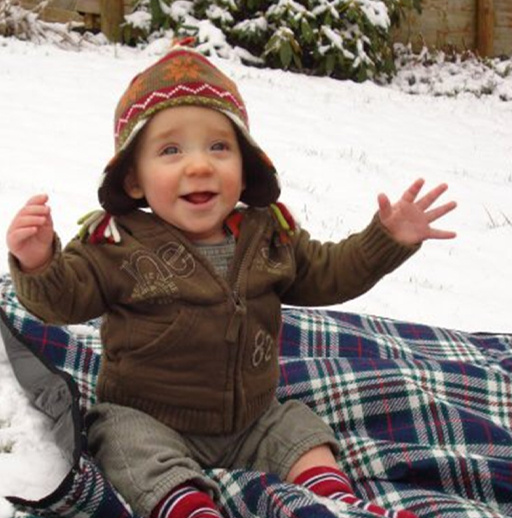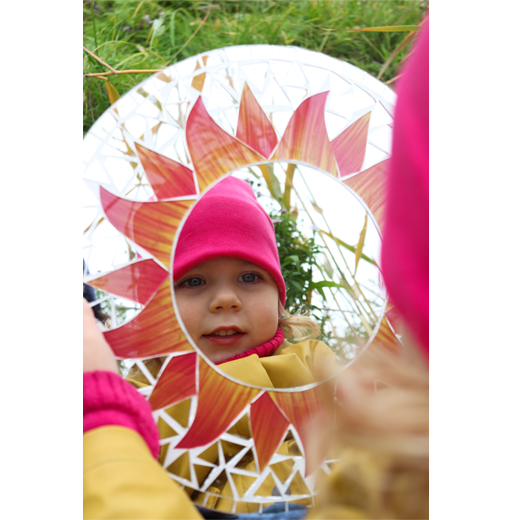2.2 Stimulus
Gould (2012) also identifies the importance of stimuli. These could be a constant feature by design, seasonal (such as snow or puddles) and some will change as different resources are provided to cater to children’s individual needs and interests. Some may be natural; others may be manufactured. One issue to bear in mind, and that you will think about in more depth in Session 7, is that sometimes engagement with nature, such as trees, plants and animals, for babies and young children can be limited.
Two other important natural elements of a sensory outdoor environment are sand and water. White (2010) argues that sand and water are ‘among the very best materials for children of all ages outdoors, being two of the key ingredients of a successful outdoor environment for under-threes’. Water may come in the form of puddles, water tables, watering cans or taps. Sand may be placed in sandpits on ground level or in trays at table height, which may be particularly beneficial for children who want to experience the sensation of sand in small doses, or use tools like brushes or spades to manipulate it, rather than their body.
One resource that acts as a successful provocation in the outdoor space is a mirror; mirrors can help children learn about their physical self and body awareness. In terms of mathematics, mirrors support an understanding of the concept of reflection and symmetry. Robertson (2017) gives several suggestions of where mirrors could be placed in an outdoor environment:
- Underneath a bench so the children have to crawl beneath it to look up.
- Behind a bush or inside a den to create the feeling of more space.
- Under a light log which the children have to lift up and look under.
- In a bucket of water which the children have to look into.
- As part of a pond or pool in a miniature world play area.
- In natural areas such as amongst trees and shrubs. It can be surprisingly hard to see them.
- Convex mirrors can be situated on corners for looking around.


